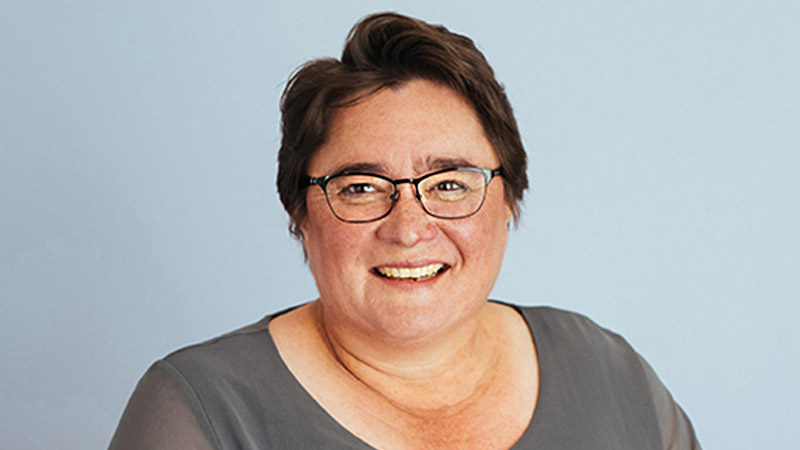New TBAR system changes can enhance accuracy in SMSF pension commencement
With the ATO looking to streamline the transfer balance account reporting (TBAR) framework, the new changes can explore the potential to reshape new accuracy for pensions commencements in SMSFs.
The ATO had recently flagged that it is seeking feedback on moving to a single transfer balance cap events-based reporting framework for all self-managed superannuation funds (SMSFs).
The ATO is looking to streamline transfer balance cap events-based reporting arrangements so that the same reporting time frame applies to all SMSFs, which will deliver better outcomes and provide more timely transfer balance account reporting.
In a recent update, Heffron managing director Meg Heffron said that having a single set of deadlines for all SMSFs makes perfect sense.
“Remember that right now, most SMSFs are ‘quarterly reporters’. Only those where all members had total super balances of less than $1 million at the 30 June immediately before their first reporting event are ‘annual reporters’,” she said.
“Even at the time this special concession was made, it was talked about as a stepping stone to help SMSFs adjust to a new reporting regime. So while no-one likes reporting that is brought forward, I suggest we all just get on board with this.
“But I would like the ATO to also think a little more imaginatively about the whole issue of reporting while they’re at it.”
Specifically, Ms Heffron noted that new changes could explore what it really means to report an “accurate” value for the commencement of a pension.
“For transfer balance account purposes, the value to be reported when a pension starts is the ‘value on the starting day of the superannuation interest that supports the superannuation income stream’,” she noted.
“That value is defined as the total lump sum that could be paid from the interest at the time. In a public offer fund, that figure is very transparent. And because it’s quoted precisely in dollars and cents, we assume it’s incredibly accurate. But of course it’s not. Just like an SMSF, there’s no way a public offer fund values absolutely every asset and liability every day. Estimates are made, supported by strong process and logic, but they are estimates just the same.”
The big difference between a public offer fund and an SMSF is that in the public offer world, no-one goes back over the books and adjusts the amount reported for the commencement of the pension once all the tax provisions are correctly tallied, according to Ms Heffron.
“In other words, no-one ever updates the estimate. If every single member of a public offer fund commenced a pension on 1 July 2021, I’ll bet the total amounts reported across the fund as a whole would not conveniently add up (exactly) to the value of the fund shown on its 30 June 2021 audited accounts,” Ms Heffron explained.
“And that makes perfect sense! What is the use of doing that months after the event? And the estimate was actually the ‘correct’ number in the first place. If an individual member had asked for their full balance as a lump sum, it’s the estimate that would have been paid, not some notional amount calculated retrospectively once all the things that were unknown at that date are known for sure.”
As SMSFs are held to a higher standard, Ms Heffron pondered why there is always an assumption that there is a dollar perfect correct amount that represents the member’s pension balance on the date it starts and why is there insistence on going back and exactly matching TBAR figures with the audited accounts?
“If we ran SMSFs like public offer funds, pension commencement amounts would always be estimates. And these estimates would never be updated. And that would make quarterly reporting a breeze,” Ms Heffron explained.
“So rather than getting up in arms about potential changes to the frequency of reporting, let’s have this discussion. Let’s legitimise (with guidelines if really necessary) the use of well-supported estimates as the real figures for reporting, just like a public fund would.
“I wonder if the ATO is even quite comfortable with that, and it’s those of us on the industry side of the fence that are hesitating. In their guidance on TBA reporting, the ATO even says, ‘If the trustee has used a reasonable estimate and the value of that income stream significantly changes, the trustee may correct the value initially reported to us’.
“Perhaps we should place more emphasis on the word ‘significantly’ and only adjust the reporting after the fact if it really is a material change. That’s something it would be good to get on the table.”

Tony Zhang
Tony Zhang is a journalist at Accountants Daily, which is the leading source of news, strategy and educational content for professionals working in the accounting sector.
Since joining the Momentum Media team in 2020, Tony has written for a range of its publications including Lawyers Weekly, Adviser Innovation, ifa and SMSF Adviser. He has been full-time on Accountants Daily since September 2021.


